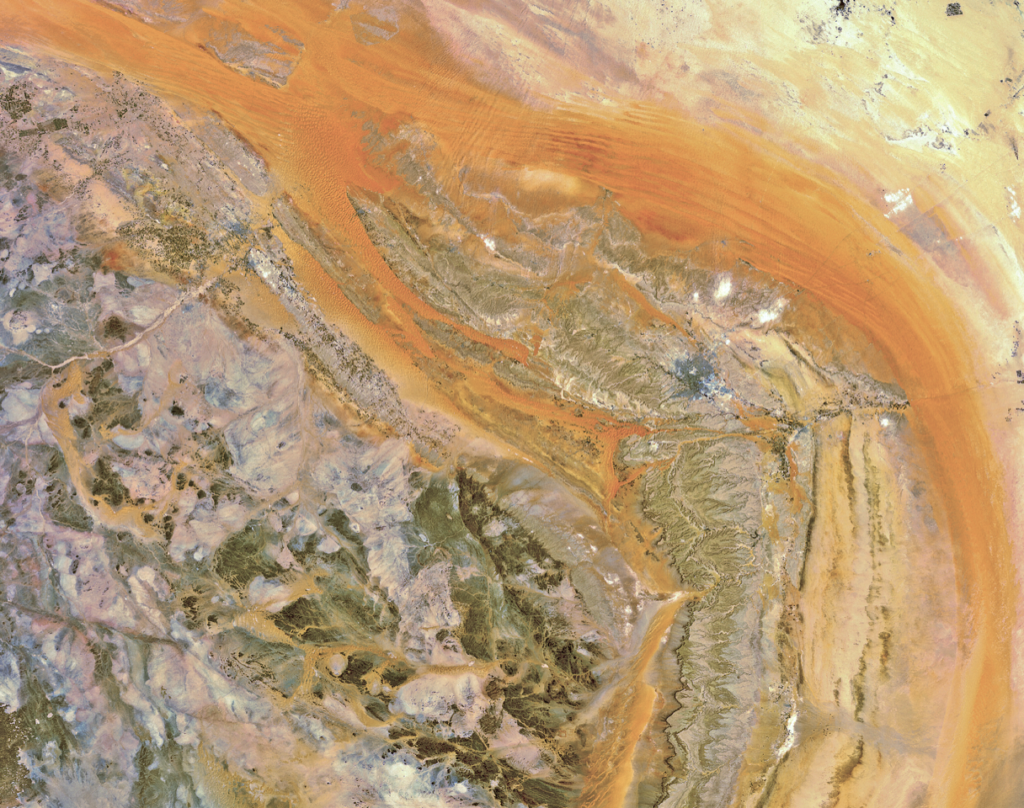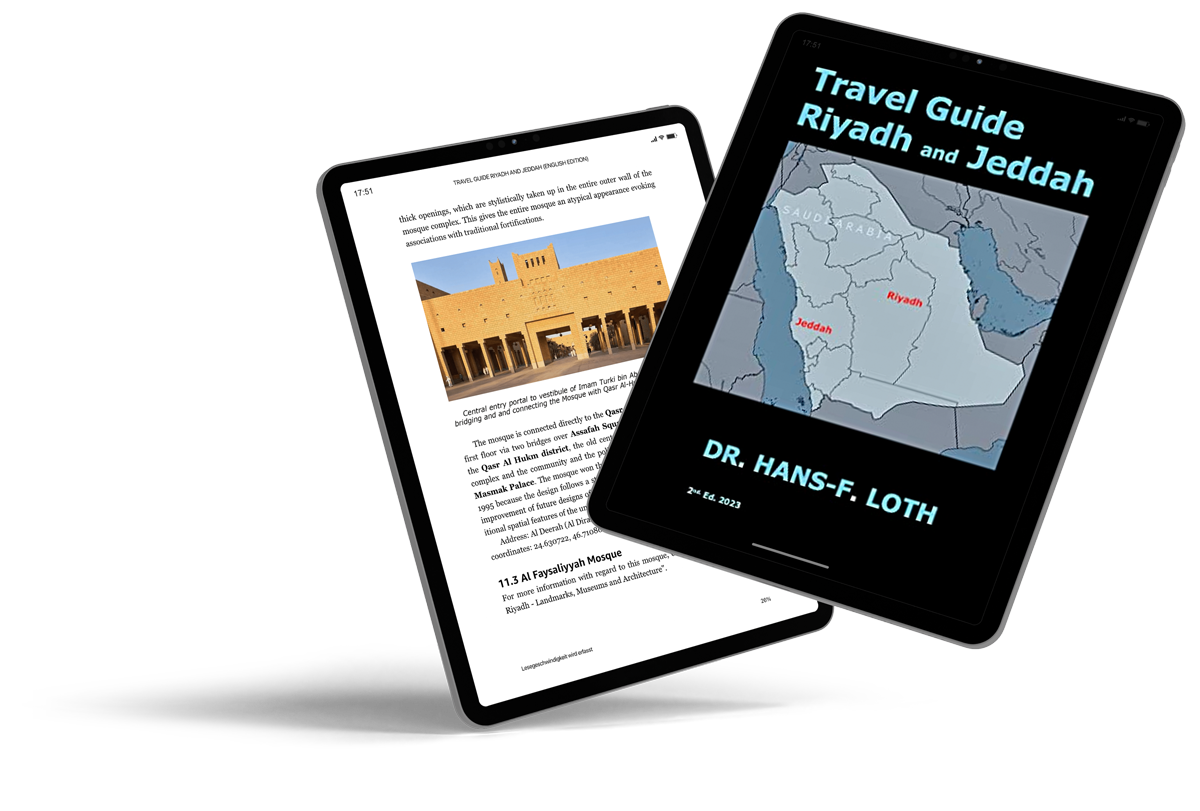Sarawat Mountains and the Desert
The Sarawat Mountains, which stretch from north to south along the entire west coast to the Red Sea, form a natural barrier that seals off the interior of the country from rainier and cooler air. Humid air masses from the Red Sea are held back, causing dryness in the interior of the country. This aridity is pronounced in the central parts of the country, where barren desert landscapes with correspondingly little vegetation prevail. There is hardly any rainfall in these areas, and they are characterised by extensive sand dunes and arid plains. Riyadh is located in this area of the country.
Summer in the City
Therefore, most of the year the climate is very hot, but bearable. Daytime temperatures average between 30° C and 45° C during the period April to October, with the months of June to August generally having the highest temperatures. However, with the low humidity caused by the desert climate, which is sometimes less than 10 percent in summer, the temperatures in Riyadh are more tolerable than in many cities in the Gulf, which often suffer from very high humidity in summer and over a long period of time.
Winter Season
In winter, the climate is pleasantly temperate. In the months of November to March, you are most likely to experience beautiful days with pleasant daytime temperatures between about 20 and 28 degrees Celsius. The “rainiest” month is April.
Riyadh and the Dust Storms
On the other hand, dust storms are an occasional phenomenon in Riyadh, affecting visibility to less than 10 m (33 ft) in extreme cases. They usually occur in April to May. The dust is often kicked up over long distances from Iraq, Iran, Kuwait, and, of course, the vast desert areas of the Kingdom itself.


